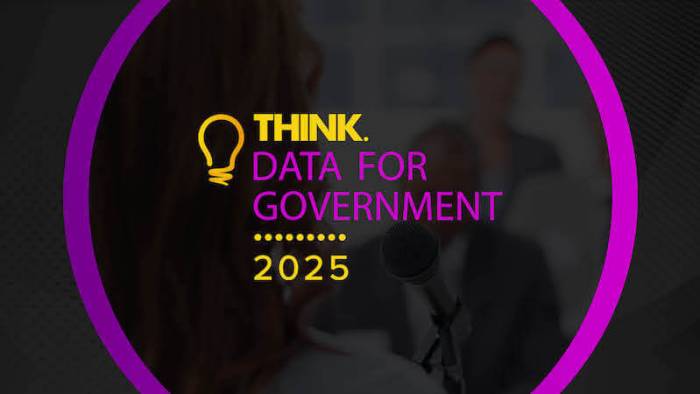Identifying how and where AI and automation should be put to work across the public sector is currently central to many conversations within digital government. But the successful adoption of AI will hinge as much on mindset as on technology, according to Pax8 CIO Simon Green, who leads AI and automation initiatives at the cloud marketplace.
Green spoke with Think Digital Partners at the company’s EMEA event, Pax8 Beyond, in Amsterdam this week.
Green’s work on AI and automation at Pax8 has three aspects. The first is enablement, and “getting people’s minds around the types of tools they now have available and how to get the most out of them,” he explained.

For Green, it’s not just about technical capability – it’s about mindset. “It’s a very, very different mindset that people need to be in to get the most out of these tools,” he said. “Rather than a finance team using Excel to do data analysis… what if they used a tool like Cursor, which is an AI programming tool, and instead had it write a one-time piece of software… to do that data analysis while they work on something else?”
The second area Green describes is workflow engineering. This focuses on ensuring that automation – which he said can be built by almost anyone, anywhere in an organisation – doesn’t create fragile, hidden dependencies.
To prevent that, Pax8 is creating a dedicated team that “will own all of the mission critical automation and workflows that get built.” If something is identified as too important to fail, Green said his team will “exercise eminent domain and claim it and say we’re going to look after this now, because it’s too important.”
If you liked this content…
Green’s third pillar focuses on empowering staff to build their own AI tools safely. “That is about getting people to build as much stuff as possible, but to do it in a safe, guard railed way,” he says. Teams can create their own process automations, with support and regular reviews every few weeks “to check that that’s still doing the thing that you intended it to do.”
Lessons for the public sector
These principles could be game-changing for government and public services, where digital transformation has often lagged. However, recruitment and skills remain major issues.
“It’s too new. The time it takes now to develop a qualification and a certification and train someone – the technology has moved on three times in that interval,” said Green.
Within the Pax8 business he said, “I’m looking for people who are actively, constantly playing with this stuff all the time… What I’m struggling to find is people who have got applied experience from previous employment. A lot of places are quite resistant to this.”
The public sector may also rethink how it trains and motivates talent. “Producing courseware and educational materials is a solved problem, but it’s also an incredibly labour-intensive problem and a massive opportunity for AI,” said Green.
While the pace of change can feel overwhelming, Green insists the opportunity is worth it. “Enablement – getting people to think differently about their work – is the big one. That’s the biggest challenge and the biggest potential gain.”








